Art
At our school, we believe that Art plays a vital role in nurturing the whole child — creatively, emotionally, and intellectually. Our Art curriculum is carefully designed to inspire all pupils, recognising their prior experiences and supporting them to explore, express, and develop as confident, reflective artists.
We provide a rich and engaging Art curriculum that offers children a wide range of first-hand creative experiences. Pupils are introduced to a diverse variety of artists, cultural influences, and techniques, enabling them to explore both traditional and modern forms of art — including the use of digital media. Through hands-on learning and experimentation, children develop their skills in drawing, painting, sculpture, printing, and mixed media, as well as learning how to evaluate and reflect on their work and the work of others.
Our curriculum follows a spiral structure, meaning that key concepts, techniques, and skills are revisited and built upon year after year. This allows children to deepen their understanding and refine their artistic abilities over time. Each unit is carefully sequenced to ensure progression, challenge, and the opportunity for pupils to apply what they’ve learned across different materials and artistic styles.
Creativity is at the heart of everything we do. We aim to give every child the opportunity to express themselves through Art, to take risks, to reflect, and to develop their own voice. Alongside developing artistic skills, children are encouraged to build resilience, think critically, and collaborate effectively with others skills which are transferable across the curriculum and vital for life beyond the classroom.
We believe Art education is most effective when it is inclusive and meaningful. Our teaching connects art to real-life contexts and cross-curricular themes, encouraging children to understand how art influences and is influenced by the world around them. Through this, children learn to see the value of Art in their own lives and in wider society.
To support learning, we ensure our Art lessons are well-resourced and timetabled thoughtfully, with sufficient time and space for children to fully engage in their creative processes. Every lesson begins with retrieval practice to reinforce previous learning and build strong foundations. Pupils are encouraged to apply their knowledge in new contexts, helping them to ‘know more, remember more, and do more.’
We assess Art through pupil voice, work scrutiny, and teacher observation, focusing on how well pupils meet the end-of-unit expectations. This allows us to track progress effectively while also celebrating individuality and creativity. Our ultimate goal is to ensure that every child is prepared for the next stage of their education and equipped with the confidence and skills to enjoy and succeed in Art — whether as a future career or a lifelong interest.
Through our Art curriculum, we aim for every pupil to leave our school with a strong sense of creativity, curiosity, and the ability to see and interpret the world in thoughtful and imaginative ways.
The knowledge and skills acquired in each year group is set out in our Progression of Knowledge and Skills document, which can be seen below.
Art Progression of Knowledge and Skills
The school’s Art curriculum statement can be found below. The curriculum statement provides an in-depth look at the school’s approach to the intent, implementation and impact of its Art curriculum. This includes, how it is planned, the pedagogical approach to delivery as well as how it is assessed for impact.
